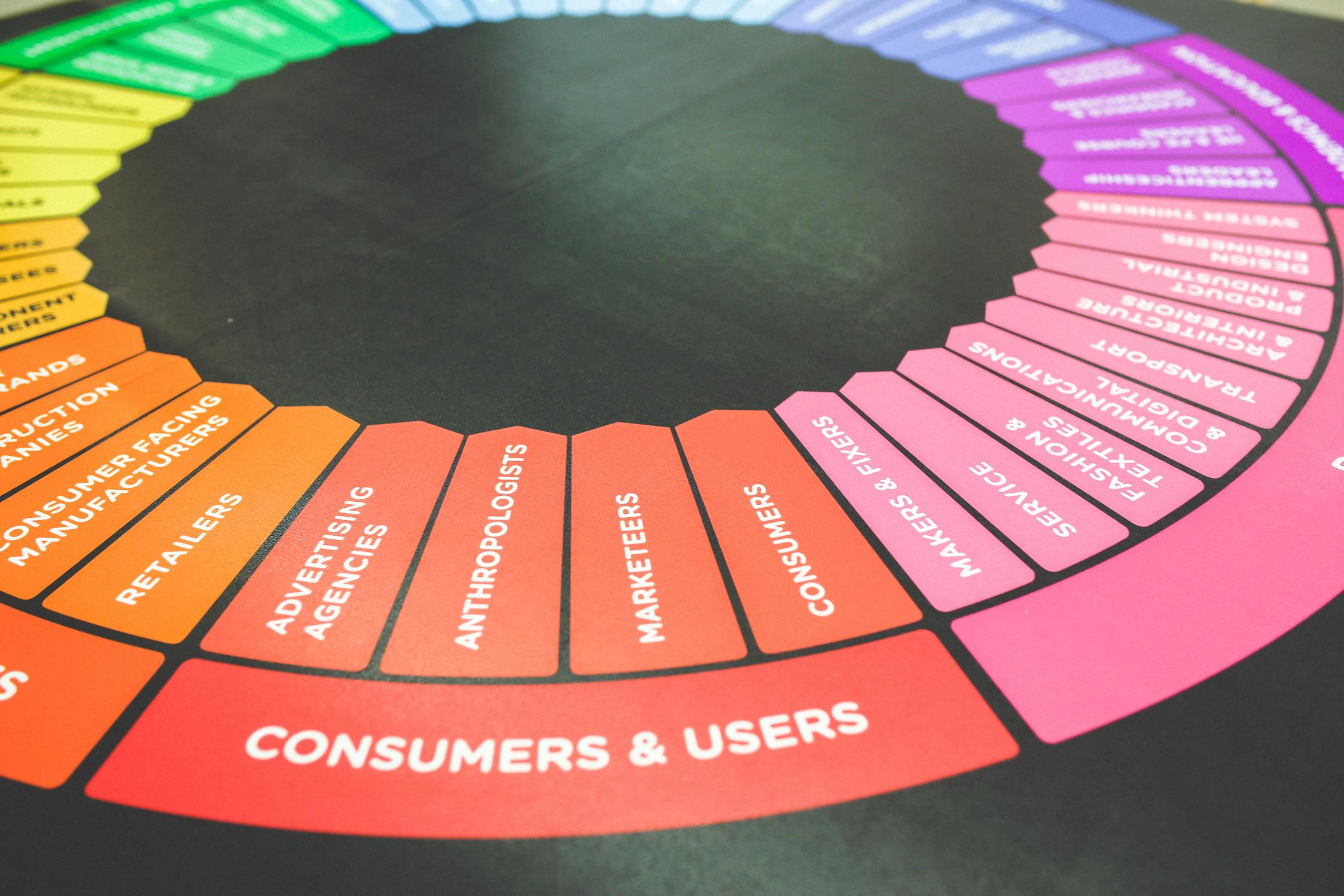Repurposing Old Content for New SEO Opportunities

Repurposing old content offers a strategic advantage for enhancing SEO efforts. With the ever-changing algorithms and competitive landscape, leveraging existing content can drive organic traffic, improve search rankings, and extend the life of your content. This approach not only saves time and resources but also capitalizes on the established value of previously published material.
1. Identifying Valuable Old Content
The first step in repurposing old content is to identify which pieces have the most potential. This can be done by analyzing website analytics to see which articles, blog posts, or pages have historically performed well. Look for high traffic, engagement metrics, and backlinks as indicators of valuable content.
Tools like Google Analytics and SEMrush can provide insights into the performance of your old content. Identify pieces that still have relevance but may need updates or a fresh perspective. For example, an article on "SEO Best Practices" from 2015 might need updates to reflect the latest algorithm changes.
It's also important to consider seasonal or evergreen content that remains relevant year after year. Articles related to annual events, holidays, or timeless topics can be refreshed with new data or insights to maintain their value.
2. Updating and Enhancing Existing Content
Once valuable content is identified, updating it with new information, keywords, and media can significantly enhance its SEO value. Start by revising outdated statistics, adding new research findings, and incorporating current trends that align with the original topic.
Adding multimedia elements like images, videos, infographics, and interactive elements can also improve engagement and user experience. High-quality visuals not only make the content more appealing but also enhance its shareability on social media platforms.
Additionally, integrating updated keywords based on current search trends can help improve search engine rankings. Tools like Google's Keyword Planner or Ahrefs can assist in identifying relevant keywords that were not initially targeted in the original content.
3. Repurposing Content into Different Formats
Another effective strategy is transforming existing content into various formats to reach different audiences. For instance, a well-performing blog post can be turned into a video tutorial, podcast episode, infographic, or social media series.
- Blog posts to infographics: Visual representations of key points from a blog post can attract visual learners and are highly shareable on social media.
- Articles to podcasts: Discussing the main ideas of an article in a podcast format can engage auditory learners and expand reach through different channels like Spotify or Apple Podcasts.
- Webinars from guides: Comprehensive guides can be repurposed into webinar presentations, allowing for interactive discussions and real-time engagement with the audience.
This approach not only diversifies your content portfolio but also maximizes the value extracted from each piece of content by catering to different consumption preferences.
4. Measuring the Impact of Repurposed Content
After repurposing and updating old content, it's essential to measure its impact on SEO and overall performance. Use analytics tools to track changes in organic traffic, search rankings, engagement metrics, and conversion rates.
A comparison table can help visualize performance improvements:
| Metric | Before Repurposing | After Repurposing |
|---|---|---|
| Organic Traffic | 5,000 visits/month | 7,500 visits/month |
| Bounce Rate | 60% | 45% |
| Average Time on Page | 1 minute 30 seconds | 2 minutes 15 seconds |
| Search Rankings for Target Keywords | #10-15 | #5-8 |
This data-driven approach allows you to assess the effectiveness of your repurposing efforts and make informed decisions for future strategies. Continuous monitoring ensures that your content remains relevant and valuable over time.
The practice of repurposing old content presents numerous benefits for improving SEO performance and extending the lifespan of valuable materials. By identifying high-potential pieces through thorough analysis and updating them with fresh information and multimedia elements, you can significantly enhance their relevance and appeal. Transforming these pieces into various formats further maximizes their reach by catering to diverse audience preferences. Regularly measuring the impact of these efforts ensures sustained growth in organic traffic, improved search rankings, and higher engagement rates.
This strategic approach not only saves resources but also leverages the established authority of existing content. By continuously refining and expanding your content portfolio through repurposing, you maintain a dynamic presence in search results while delivering consistent value to your audience. As SEO continues to evolve, staying proactive with such practices ensures long-term success in an increasingly competitive digital landscape.